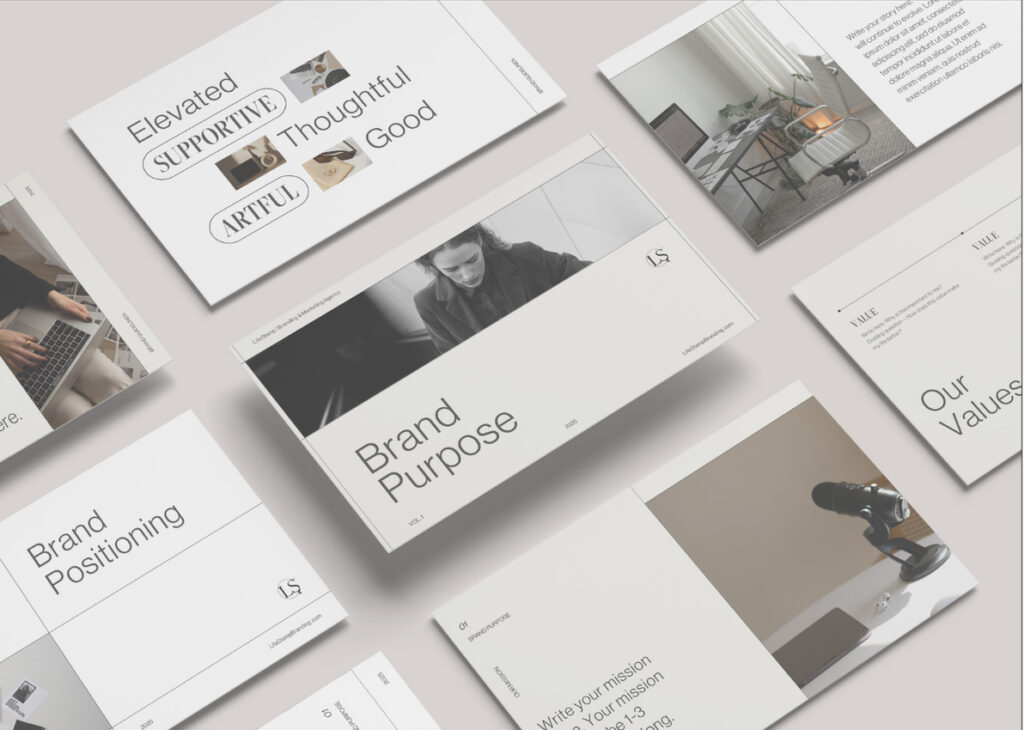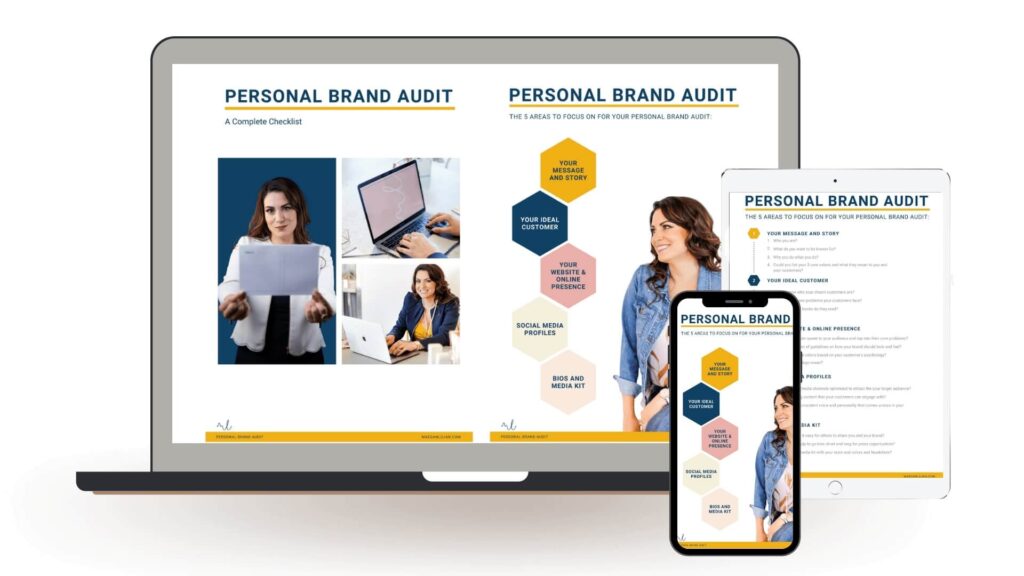
Why a Strong Brand Identity is Non-Negotiable
The Secret to a Cohesive & Recognizable Brand
Does your brand feel all over the place? One day, you’re using blue fonts, the next, a different logo. Your messaging shifts depending on the platform. This inconsistency is costing you customers.
A strong brand identity ensures:
✔️ Brand recognition (people instantly associate visuals with your brand).
✔️ Trust & credibility (consistent branding = professional & reliable).
✔️ Increased conversions (cohesive brands perform better in sales & marketing).
📢 Fact: Consistent branding across platforms increases revenue by 33% (Source: Lucidpress).
📌 Related Service: Brand Identity Design
What is a Brand Identity & Why Does It Matter?
2️⃣ Brand Color Palette
Colors evoke emotion and create brand recognition. Your brand colors should be:
✔️ Primary Colors – 1-3 main colors defining your brand.
✔️ Secondary Colors – Supporting shades to add variety.
✔️ Accent Colors – Highlight colors used sparingly.
📢 Example: McDonald’s red and yellow trigger hunger and excitement.
🚀 Action Step: Choose 3-5 strategic colors that reflect your brand.
📌 Related Blog: How Color Psychology Impacts Branding
The Ultimate Brand Identity Checklist
1️⃣ Logo Design & Variations
Your logo is the face of your brand. But you need more than just one version:
✔️ Primary Logo – Your main brand mark.
✔️ Alternative Logo – A simplified version for smaller placements.
✔️ Submark or Icon – A compact symbol (e.g., for social media profiles).
✔️ Black & White Version – Ensures your logo works in any setting.
📢 Example: Nike’s swoosh can stand alone or with text and remains iconic.
🚀 Action Step: Ensure you have all four versions of your logo.
📌 Related Service: Custom Logo Design
2️⃣ Brand Color Palette
Colors evoke emotion and create brand recognition. Your brand colors should be:
✔️ Primary Colors – 1-3 main colors defining your brand.
✔️ Secondary Colors – Supporting shades to add variety.
✔️ Accent Colors – Highlight colors used sparingly.
📢 Example: McDonald’s red and yellow trigger hunger and excitement.
🚀 Action Step: Choose 3-5 strategic colors that reflect your brand.
📌 Related Blog: How Color Psychology Impacts Branding
3️⃣ Typography & Fonts
Fonts influence how your brand is perceived. You need:
✔️ Primary Font – Used for headers & key branding.
✔️ Secondary Font – Used for body text.
✔️ Accent Font – Optional for stylistic purposes.
📢 Example: Luxury brands like Chanel use sleek, serif fonts, while startups often choose modern sans-serif styles.
🚀 Action Step: Select two complementary fonts that fit your brand personality.
📌 Related Service: Brand Identity & Typography
4️⃣ Brand Voice & Messaging
Your brand’s personality should be clear across all platforms. Define:
✔️ Tone of Voice – Formal, playful, bold, sophisticated?
✔️ Key Messaging – Core statements that reflect your brand values.
✔️ Tagline & Elevator Pitch – A one-liner that defines your business.
📢 Example: Apple’s tagline: “Think Different.”
🚀 Action Step: Write a one-sentence tagline that sums up your brand.
📌 Related Service: Brand Messaging & Positioning
5️⃣ Visual Content (Photography & Graphics)
Brand visuals create a memorable experience. Ensure you have:
✔️ Branded Photography – Consistent imagery that aligns with your aesthetic.
✔️ Social Media Templates – Cohesive templates for Instagram, LinkedIn, and ads.
✔️ Website & Marketing Graphics – Custom illustrations, icons, and design assets.
📢 Fact: Content with custom visuals gets 94% more views than stock imagery (Source: HubSpot).
🚀 Action Step: Audit your visuals & update graphics to match your brand.
📌 Related Service: Branded Social Media Kits
Implementing Your Brand Identity Across Platforms
A brand identity is only powerful if it’s used correctly.
Here’s how to implement it:
✔️ Update Your Website & Social Media – Ensure brand consistency across all platforms.
✔️ Create a Brand Style Guide – A document that standardizes your fonts, colors, and messaging.
✔️ Align Your Marketing Materials – Make sure ads, brochures, and social posts match your identity.
📢 Fact: 60% of consumers avoid brands with inconsistent branding (Source: Forbes).
📌 Related Blog: The Ultimate Brand Consistency Guide



